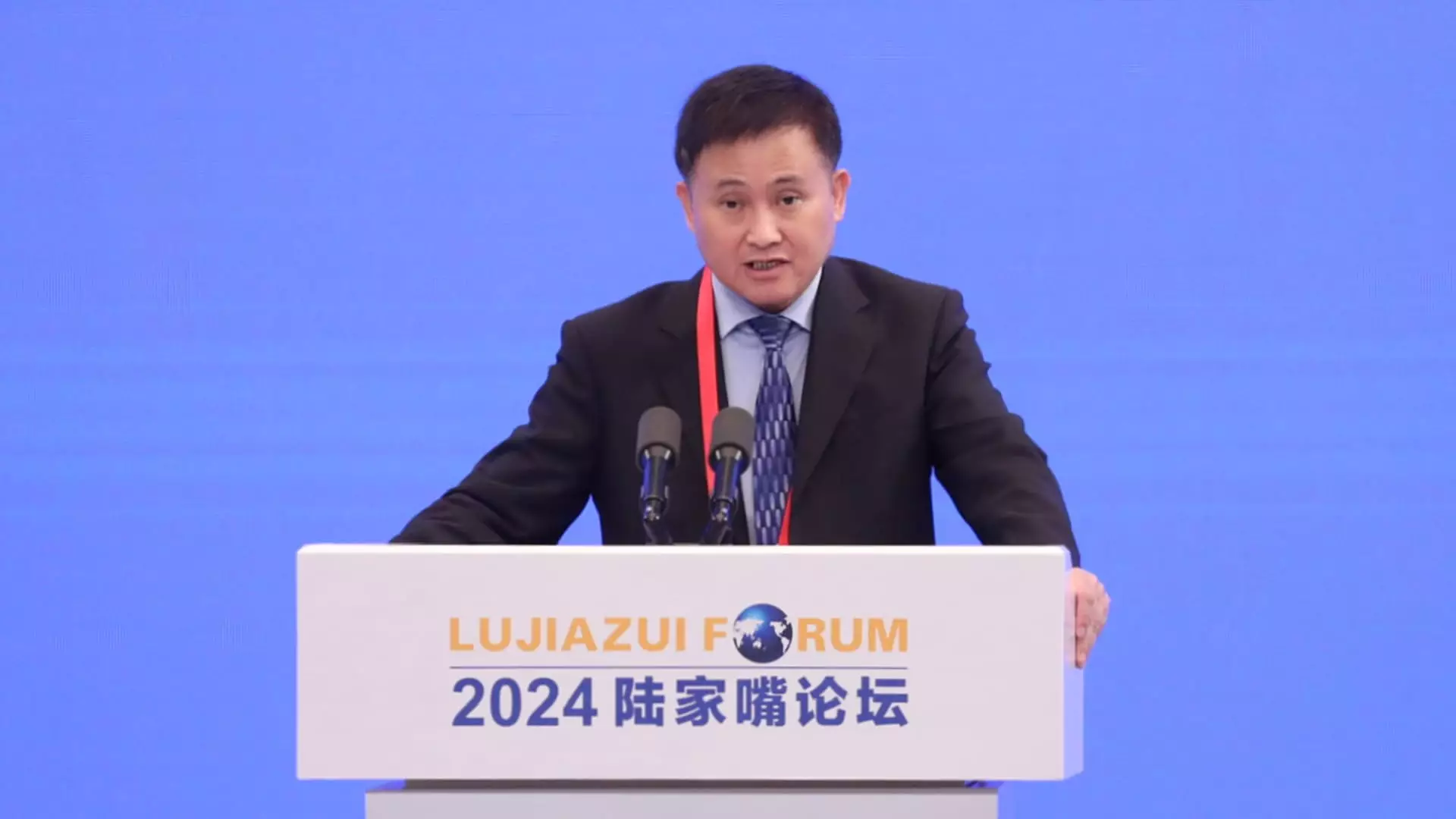In a recent assembly of the National People’s Congress Standing Committee in Beijing, the Governor of the People’s Bank of China (PBOC), Pan Gongsheng, addressed the crucial issue of the nation’s monetary policies. He underscored the PBOC’s commitment to adopting a supportive monetary stance, a statement that holds significant weight in light of the current economic climate. The concept of counter-cyclical monetary policy is particularly noteworthy; it reflects a strategic approach to mitigate immediate economic fluctuations by introducing measures designed to stabilize growth amidst financial headwinds. Pan’s assertions resonate with a broader strategy as the PBOC aims to respond proactively to the dynamic economic landscape.
As discussions continue at the National People’s Congress Standing Committee, expectations for further fiscal stimulus are mounting. The looming approval of measures to bolster the economy signifies a proactive approach to addressing potential downturns. Finance Minister Lan Fo’an has laid out plans to augment the local government debt limit, a strategic move designed to alleviate hidden debt burdens that pose risks to local administrations. This initiative aims not only to inject capital into the economy but also to enhance the overall fiscal health of local governments. By doing so, the Chinese government signals its readiness to confront economic volatility head-on.
The PBOC’s recent actions, including the reduction of interest rates in late September, reflect an urgency to combat slowing growth trends. This decision was made in the context of shifting global monetary policies, particularly following the U.S. Federal Reserve’s own move towards a more accommodating stance characterized by its recent 50 basis-point cut. As the Fed signals a readiness to further reduce rates, China’s monetary authorities find themselves in a delicate dance of balancing domestic needs with external economic pressures. The interconnectedness of global economies underscores the significance of these interest rate adjustments, impacting financial markets and investor confidence both at home and abroad.
The overarching message from the PBOC and government officials is clear: a robust framework for economic growth is paramount. The focus on counter-cyclical measures and fiscal stimulus is indicative of a broader strategy aimed at ensuring economic resilience. However, skepticism remains regarding the effectiveness of such policies in reversing the current slowdown. Critics point out that while short-term solutions may provide temporary relief, long-term sustainability requires structural reforms that address underlying economic weaknesses. The challenge ahead lies in striking a balance between immediate interventions and the implementation of comprehensive reforms that promote lasting economic stability.
As China navigates the complexities of its monetary policy landscape, the commitment to counter-cyclical strategies and fiscal stimulus reflects an understanding of the pressing challenges at hand. The coming months will be crucial in determining the efficacy of these measures and their potential to steer the economy towards a path of sustainable growth.

